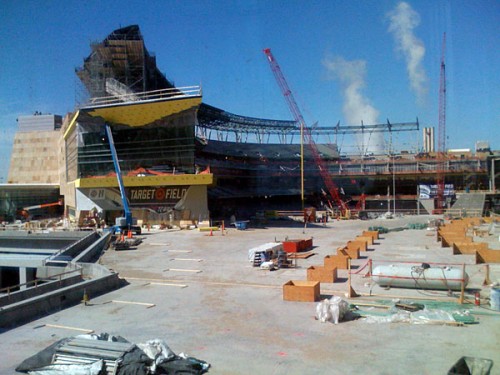 I’m having a serious Decemberists fest this week, having just purchased their new song cycle/rock opera/concept album/tour de force, The Hazards of Love, a week early thanks to iTunes. On Tuesday I debated buying it now or waiting for the CD, and now I can’t imagine not having bought it.
I’m having a serious Decemberists fest this week, having just purchased their new song cycle/rock opera/concept album/tour de force, The Hazards of Love, a week early thanks to iTunes. On Tuesday I debated buying it now or waiting for the CD, and now I can’t imagine not having bought it.
It’s one of those albums that just seems so perfect, so essential, that I already can’t imagine the musical world without it, and I can scarcely even imagine wanting to listen to anything else. The last time I felt this way about an album was… well, let’s see: when I first heard The Decemberists’ last album, The Crane Wife. (And I even have documented evidence to prove it.)
Well, I loved The Crane Wife, but The Hazards of Love blows it out of the water. If The Crane Wife was the best album since OK Computer, then Hazards has to be the best album since… oh, I don’t know, let’s go for the obvious comparison: The Dark Side of the Moon. I’m not sure if, in this era, an album can possibly leave the kind of indelible impression on our musical culture that Pink Floyd’s masterpiece did in 1973, but you can’t fault The Decemberists for being born a generation too late.
The band performed the new album in its entirety on Wednesday night at SXSW, and it was broadcast live on a handful of NPR stations around the country, including The Current here in Minneapolis. I didn’t get to hear it live, but no matter — you can download the whole thing for free on the All Songs Considered podcast.
Listening to the live version, two things struck me: one specific moment and one general observation. The specific moment is some d-bag in the audience, in the middle of the show, calling for “Valerie Plame.” Sure, that’s a great song, but they’re right in the middle of a freakin’ song cycle, idiot! The general observation: the band’s prog-loving keyboardist, Jenny Conlee, cranked the synths to 11 in concert. Sweet.

